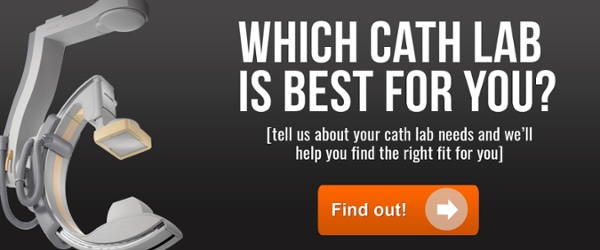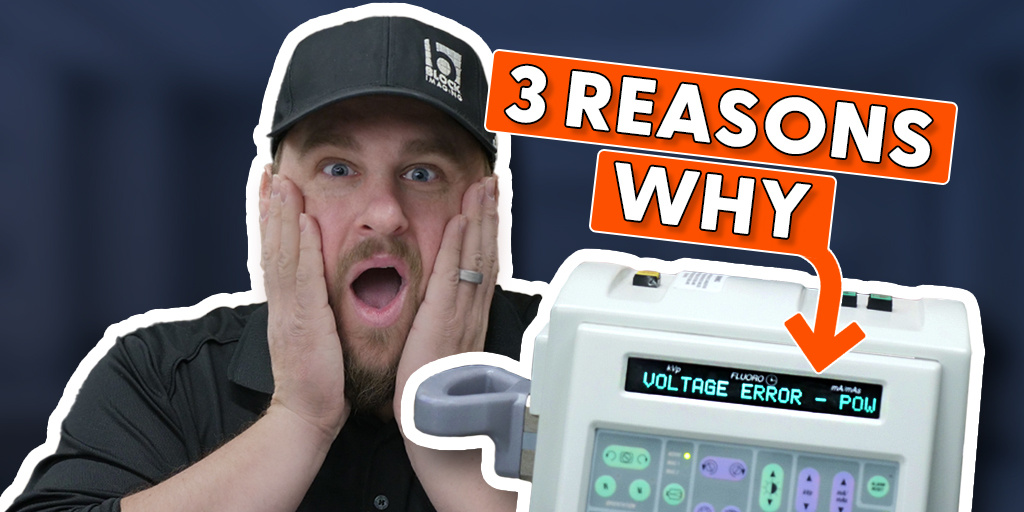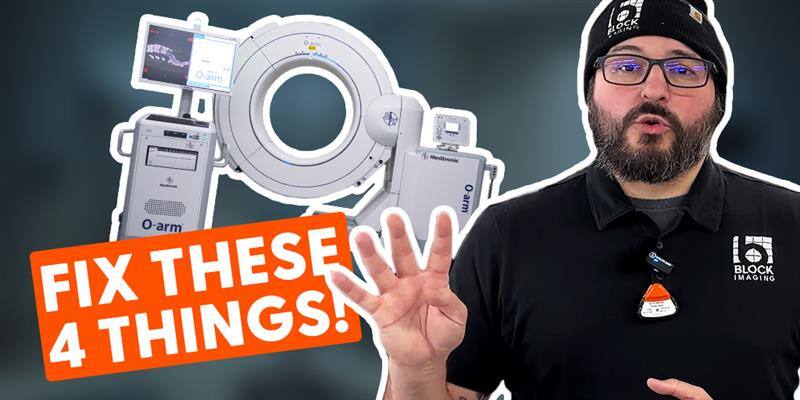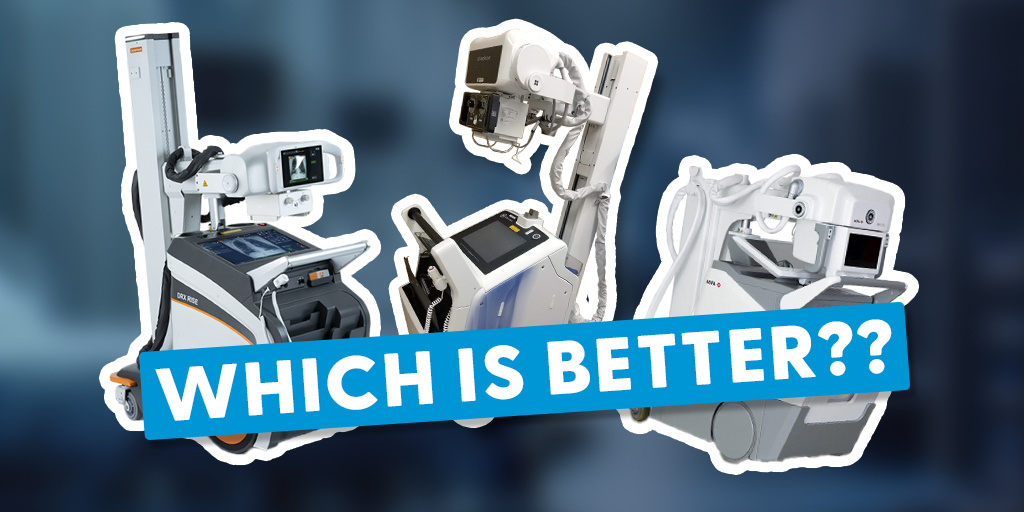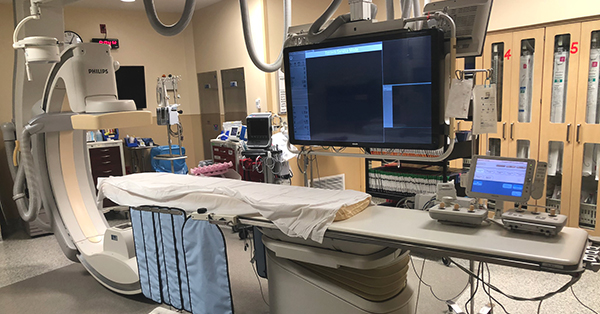
Philips cath labs come loaded with a wide variety of hardware and software options. As a result, there are a lot of tech terms and proprietary names that get thrown around when the equipment is discussed; things like FlexVision XL, FlexVision Pro, FlexArm, EP Cockpit, and Clarity. While these terms can sometimes be confused or, worse, overlooked altogether, they represent important items that can make a big difference in the cost, performance, and user experience of the lab. To clarify the function and value of Philips cath lab options, let’s take a closer look at the terms that come up the most when we talk with cath lab buyers who are considering Philips.
Common Philips Cath Lab Options You Should Know
FlexVision XL
The FlexVision XL is a full-color, 56” LCD display upgrade that takes the place of standard LCD monitors in the procedure room. While it is a single monitor, it can be split to view 2-8 screens from up to 16 different sources, all with customizable layouts. You can also zoom in on images for a closer look at anatomy or devices, without losing clarity or sharpness.
FlexVision Pro
The FlexVision Pro is a 58” LCD monitor with even more flexibility than the Flexvision XL. It also comes with a table-side touchscreen console.
According to Philips, there are a host of features associated with the Flexvision Pro, such as:
- Drag-and-drop connected applications
- Control-connected applications
- Live image re-size
- Single-click image capture
- Ability to perform measurements at tableside
FlexArm
The FlexArm version of Philips' cath line provides extreme flexibility in C-arm positioning, accessibility to the patient, and imaging flexibility, allowing for a very wide range of procedures to be performed.
With the FlexArm, Philips touts capabilities like:
- Full range of movement around the table
- Park positions away from the table, for full access to the patient head end
- Reduced patient movement
- 3D acquisition from both sides of the table
- Full body coverage from both sides of the table
EP Cockpit
This feature is designed to reduce clutter and create efficiency during electrophysiology studies. EP Cockpit allows control of all exam and control monitors from a single point on a table-side console. It also has a set of specialized, EP-related dose settings that help reduce radiation exposure by as much as 80%. Perhaps most importantly, EP Cockpit brings users single-image 3D visualization of anatomy and catheters.
Clarity
The Clarity option offers dose reduction, but it does so without sacrificing image quality. According to Philips, with Clarity:
“...The amount of X-ray radiation required for virtually every type of minimally invasive interventional X-ray procedure can be reduced. For example, Philips’ ClarityIQ technology filters out non-image-forming X-ray radiation so that the radiation is used more efficiently.
Whenever cath lab facilities can reduce radiation dose to their patients and to their teams without reducing the effectiveness of an interventional procedure, it's a win for everyone involved.
The Takeaway
While this list is far from all the options Philips offers, these items are the ones our team is asked about most frequently, and with good reason: their names only begin to describe the benefits in flexibility, safety, and overall quality they bring to the cath lab user experience.
If you’re in the market for a Philips cath unit, and are looking specifically for any of these options, be sure to mention them up front- some are easier to find than others!

Kenn Dextrom
Kenn Dextrom is the Director of Product Manager at Block Imaging. He aims to provide clear direction and careful planning for Interventional Cath Lab buyers and working with the Block Imaging product team to provide excellent solutions for our customers. Out of the office, he spends most of his time keeping up with his wife and their three energetic sons.


